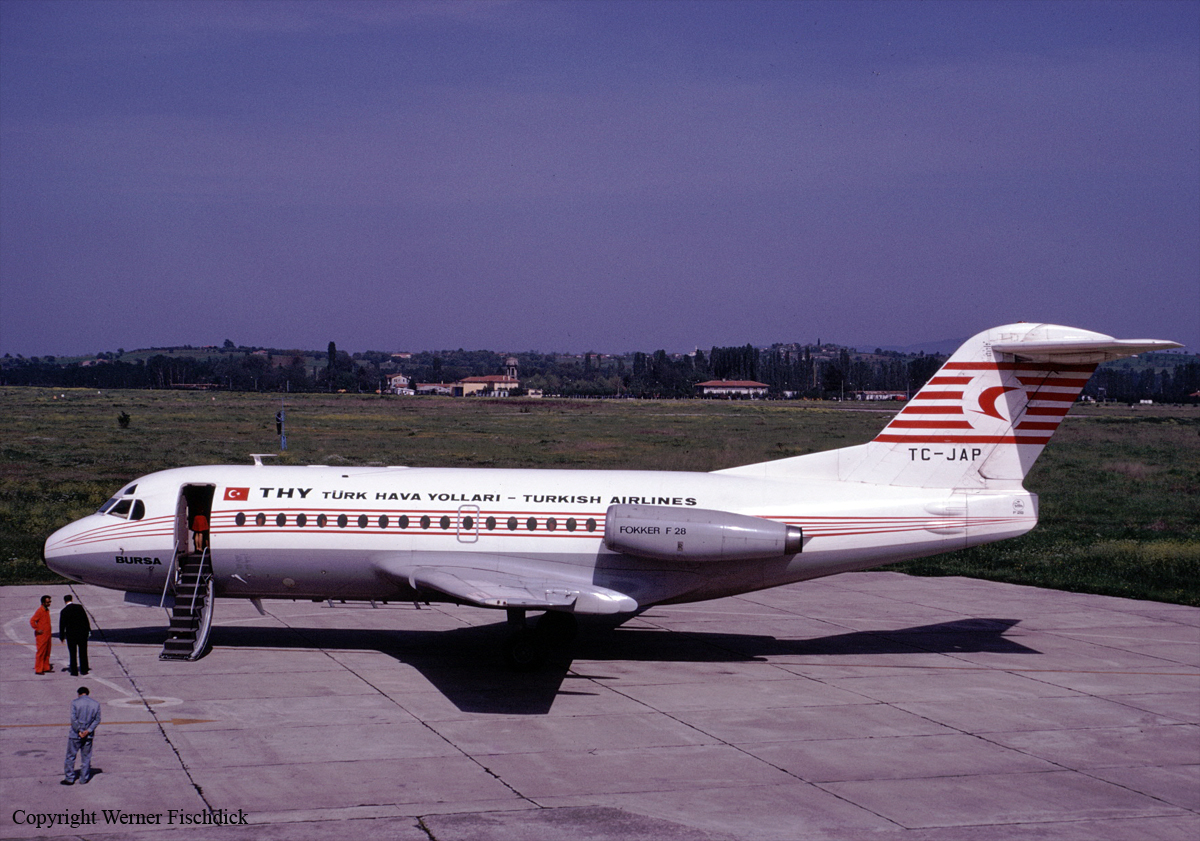Crash of a Fokker F28 Fellowship 1000 off Istanbul: 42 killed
Date & Time:
Jan 30, 1975 at 1850 LT
Registration:
TC-JAP
Survivors:
No
Schedule:
Izmir - Istanbul
MSN:
11058
YOM:
1972
Flight number:
TK345
Crew on board:
4
Crew fatalities:
Pax on board:
38
Pax fatalities:
Other fatalities:
Total fatalities:
42
Aircraft flight hours:
3713
Aircraft flight cycles:
5062
Circumstances:
By night, the crew was approaching runway 06 at Istanbul-Yeşilköy Airport when all runway lights failed due to an electrical power failure. The crew initiated a go-around manoeuvre when 22 seconds later, the power was reset. The crew contacted ATC to obtain a landing clearance but as a Pan Am Boeing 707 was taking off from the same runway, ATC instructed the crew to extend a downwind circuit to the west. Few minutes later, while cruising under VFR mode at an altitude of 800 feet, the airplane went out of control and crashed into the Marmara Sea about 30 km west of the Airport. The aircraft was destroyed and all 42 occupants were killed.
Probable cause:
The exact cause of the accident could not be determined. However, it is believed that the pilot-in-command may lose control of the airplane after suffering a spatial disorientation while flying by night under VFR mode over the Marmara Sea without any visual reference points.

